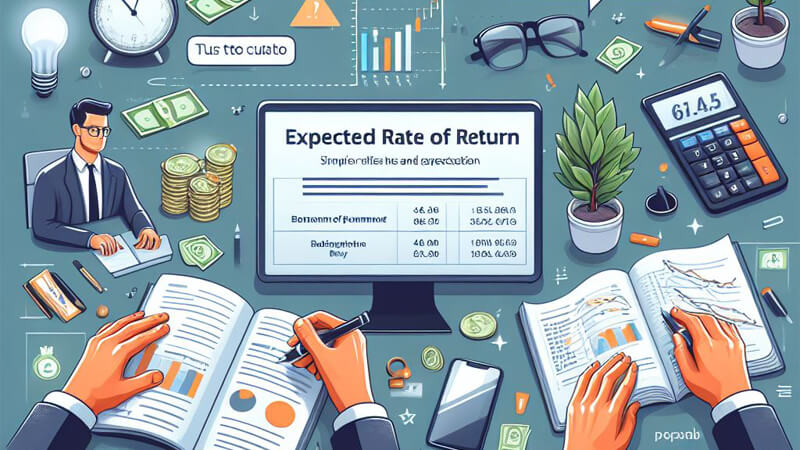Introduction:
The expected rate of return is considered as the most powerful solution for finding some useful probabilities to evaluate numerous return outcomes that our investments may provide afterward. It should be in our best interest that probabilities are highly dependent upon the investor and the kind of investment made in the markets.

It follows a mixed pattern of possible findings that one can have over his/her ‘Return on Investments’. Quite interestingly, the expected rate of return is calculated via historical data since no one can predict the stock going up or coming drastically down.
More From Expected Rate of Return:
The finance professionals have labeled this variable as a prediction tool which helps in finding that whether or not the investments made by the investor are ending up with a positive or a negative average net outcome. We must understand that ‘expected rate of return’ does not only mean evaluating the investment on profit or loss scales as for some experts, it is an average value which could earn us something in the future.
Example:
Investing in a stock which exhibits 50% chances of bouncing back with 10 % of profit and 50 % chances of going drastically down as a ‘loss’, the expected rate of return would be evaluated as per this equation ‘(0.5 * 0.1 + 0.5 * -0.05)’. The answer is 2.5 %.
Benefits:
The wise and professional investors can use the true essence of ‘expected rate of return’ to accumulate the riskiness within the investments. This can have a great impact on their business endeavors as probability for meeting up with loss reduces and there is a knack in re-investing from the profit earned from the current shares.

